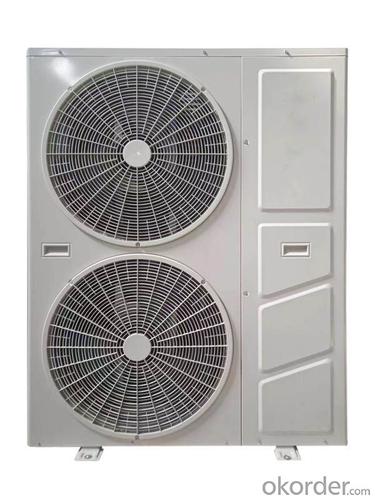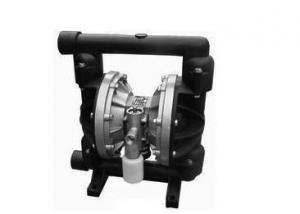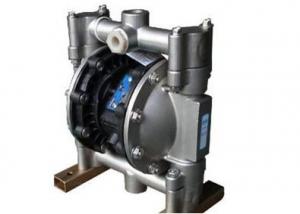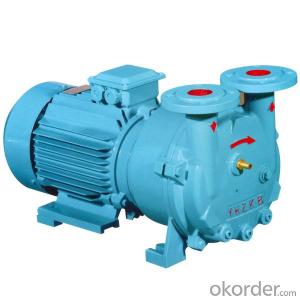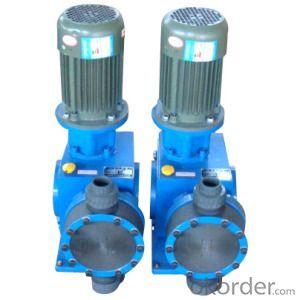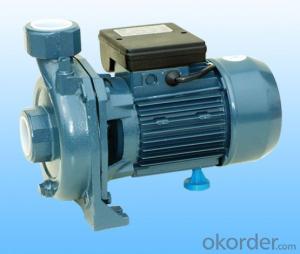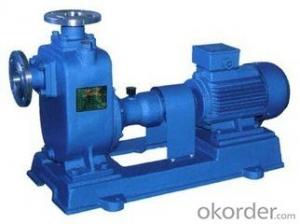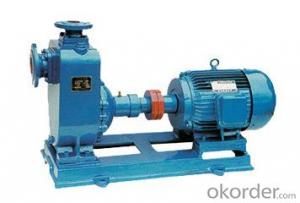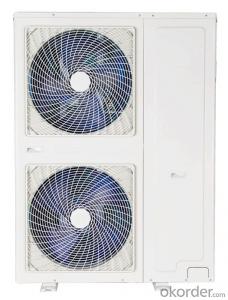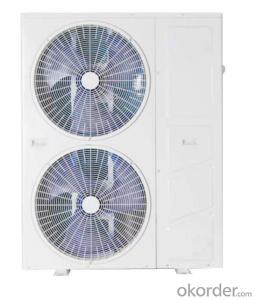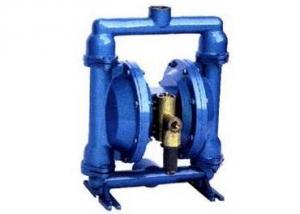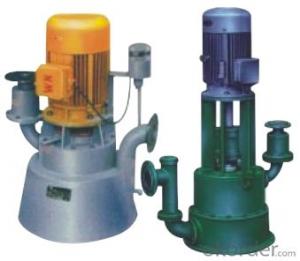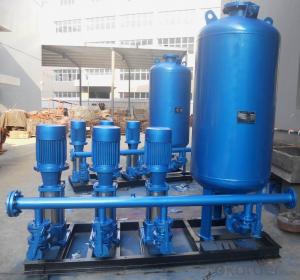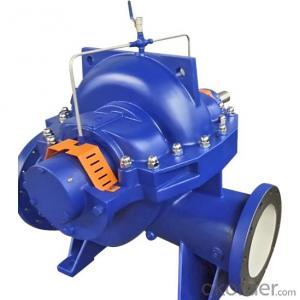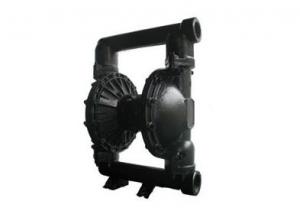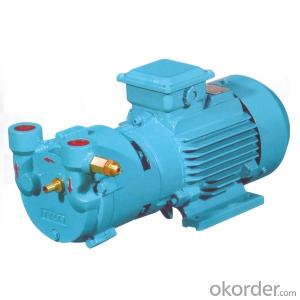Household ultra-low temperature air source heat pump unit 5p
- Loading Port:
- XINGANG
- Payment Terms:
- TT OR LC
- Min Order Qty:
- 1 watt
- Supply Capability:
- 500 watt/month
OKorder Service Pledge
OKorder Financial Service
You Might Also Like
●Bozhi air source heat pump 5P models, divided into 220V and 380V
●DC frequency conversion speed regulation technology
The use of DC frequency conversion compressor plus DC frequency conversion fan, according to user requirements can accurately adjust the running speed, efficient energy-saving, quiet and comfortable operation.
●Intelligent self-inspection and automatic early warning and repair
Automatic detection system running state, real-time algorithm analysis, and may foresee the problems of real-time intelligent early warning, avoidance, repair.
●Cloud platform expert hosting and remote control
The expert engineers can monitor, diagnose and warn the products in real time, and deal with them in time to keep the unit in good condition. Users can also remotely control the product through mobile phone APP on/off, operating mode, room temperature, etc.
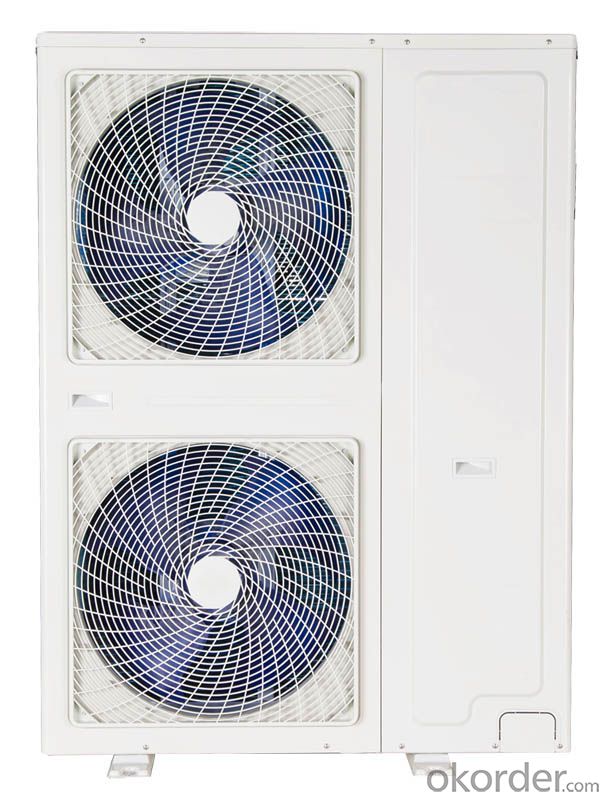
- Q: What are the different noise reduction options for air pumps?
- There are several noise reduction options for air pumps, including using a soundproof enclosure or cabinet, dampening the vibrations with rubber or foam pads, utilizing mufflers or silencers, and opting for quieter models with advanced noise reduction technology.
- Q: How to prevent damage to an air pump during transportation?
- To prevent damage to an air pump during transportation, there are several steps you can take: 1. Proper packaging: Use a sturdy and appropriate-sized box to pack the air pump. Make sure there is enough padding material such as bubble wrap, foam, or packing peanuts to cushion the pump and prevent it from moving around inside the box. 2. Secure the pump: Wrap the air pump in bubble wrap or foam padding to provide an extra layer of protection. Use packing tape to secure the wrapping and keep it in place. 3. Remove detachable parts: If your air pump has detachable parts such as hoses or connectors, remove them and pack them separately. This will prevent them from getting damaged or causing damage to the pump during transportation. 4. Label the box: Clearly label the box as fragile and indicate which side should be kept upright. This will ensure that handlers are aware of the delicate contents and take extra care while transporting it. 5. Choose a reliable shipping method: Select a reputable shipping carrier that has experience handling delicate items. Consider using additional services like insurance or tracking to ensure that the pump is handled with care and can be easily traced if any issues arise. 6. Avoid extreme temperatures: Air pumps are sensitive to extreme temperatures, so try to avoid exposing them to excessive heat or cold during transportation. If necessary, consider using insulated packaging materials or temperature-controlled shipping options. By following these steps, you can significantly reduce the risk of damage to your air pump during transportation and ensure it arrives safely at its destination.
- Q: Domestic aquarium, air pump, oxygen pump, oxygen pump, what brand, good quality?
- The first is a connecting device, the black T is the piston and the blue is water. In the case of no load, pressed down the piston, the connector for the right side, because direct contact with the air pressure, the atmospheric pressure and the water itself is negligible, the water is not under any pressure, so the water level will rise. When after the above on the right side of the water load, for example, is coupled with a piece of stone, the stone is part of the shadow of the black twill. At this point, pressing the piston harder, the pressure on the water is increasing because of the load on the right, and the water level will not rise unless the water pressure is increased enough to hold up the stone.
- Q: How efficient are air pumps?
- Air pumps excel in converting electrical energy into compressed air. Their efficiency may vary depending on factors like the pump's type, design, and specific application. Nevertheless, air pumps are generally recognized for their superior efficiency when compared to other pump types. One of the primary reasons behind their efficiency lies in their minimal number of moving parts, unlike centrifugal or reciprocating pumps. This reduces energy loss due to friction and mechanical issues, resulting in heightened overall efficiency. Moreover, air pumps often incorporate motor designs that emphasize energy conservation. Many modern air pumps utilize brushless DC motors, renowned for their high efficiency and low power consumption. Additionally, these motors offer increased durability and require less maintenance compared to traditional brushed motors. Furthermore, air pumps can be equipped with variable speed drives, enabling them to adjust their speed based on the demand for compressed air. This feature optimizes energy usage by delivering only the necessary amount of air, rather than operating at a fixed speed regardless of demand. It is worth noting that air pump efficiency can also be influenced by factors such as air leakage and pressure drops within the system. Proper installation and regular maintenance can help minimize these losses and further enhance overall efficiency. In summary, air pumps are widely regarded for their impressive efficiency and find application in various fields, including pneumatic tools, air compressors, and HVAC systems. However, it is always advisable to consider specific pump specifications and seek professional advice to ensure the optimal selection and operation of an air pump for a given application.
- Q: What is the recommended air pressure for inflatable paddleboards?
- Inflatable paddleboards may have different recommended air pressures depending on their specific model and brand. However, a general rule of thumb is to inflate them to a pressure ranging from 12 to 15 psi (pounds per square inch). To determine the appropriate air pressure for your paddleboard, it is vital to carefully review the manufacturer's instructions or refer to the user manual. Overinflating the paddleboard can exert excessive pressure on the seams, potentially causing damage. Conversely, underinflating it can compromise stability and performance while on the water. Therefore, it is crucial to strike the right balance and ensure that the paddleboard is adequately inflated prior to embarking on your water adventure.
- Q: How to prevent air leaks in inflatable structures?
- To prevent air leaks in inflatable structures, there are various precautions you can take: 1. Prior to using the inflatable structure, carefully examine it for any signs of damage or wear. Conduct a visual inspection to identify punctures, tears, or loose seams. If any issues are detected, repair them before inflating. 2. Place a protective ground cover or tarp underneath the inflatable structure to shield it from sharp objects or rough surfaces that may cause punctures. 3. Securely anchor the structure to the ground or other stable structures. Implement stakes, sandbags, or other suitable methods to prevent it from being blown away or exerting excessive stress on the seams. 4. Avoid over-inflation, as this can strain the seams excessively and heighten the risk of leaks. Adhere to the manufacturer's instructions and recommended pressure levels to ensure proper inflation. 5. Regularly inspect and maintain the structure to identify any signs of damage, wear, or leaks. Assess the seams, valves, and other potential weak points. Immediately repair minor leaks or damage using a suitable repair kit or adhesive recommended by the manufacturer. 6. Keep the inflatable structure away from sharp objects such as sharp branches, furniture edges, or tools to minimize the chance of accidental punctures or tears. 7. Properly store the inflatable structure in a clean, dry, and secure location when not in use. Avoid exposing it to extreme temperatures, direct sunlight, or other harsh environmental conditions that could degrade the material over time. By following these preventive measures, you can ensure the durability and safety of your inflatable structure by minimizing the risk of air leaks.
- Q: What is the weight and size of a typical air pump?
- The intended use and design of an air pump can cause variations in its weight and size. Take, for instance, a compact and lightweight small handheld air pump commonly used for inflating sports balls or bicycle tires. Such pumps usually weigh around 0.5 to 1 pound (0.2 to 0.45 kilograms) and are designed to be easily carried around. Conversely, larger air pumps used for inflating inflatable boats, air mattresses, or similar items tend to be heavier and bulkier. Their weight can range from 2 to 10 pounds (0.9 to 4.5 kilograms) or even more, depending on the specific model. These pumps are typically larger to facilitate increased airflow and faster inflation. It should be emphasized that these estimations of weight and size are general ranges and may differ among various brands and models of air pumps.
- Q: How does an air pump handle different levels of firmness for inflatables?
- An air pump can handle different levels of firmness for inflatables by allowing the user to control the amount of air being pumped into the inflatable. By adjusting the air pressure, the pump can inflate or deflate the inflatable to achieve the desired level of firmness.
- Q: How does an air pump handle power outages?
- During a power outage, an air pump needs a backup power source to keep working. Some air pumps have built-in battery packs or can connect to external battery packs, which can give temporary power during an outage. These batteries can be recharged and keep the air pump running for a specific time, depending on the battery's capacity and the pump's power requirements. Besides battery backup, some air pumps can also connect to a generator or an uninterruptible power supply (UPS) system. These systems provide a continuous power supply to the air pump, ensuring it keeps running even during long power outages. It's important to note that the duration an air pump can handle power outages depends on the backup power source's capacity. Smaller pumps with lower power requirements may operate for several hours using battery power, while larger pumps may need a more substantial backup power solution to keep functioning for an extended period. Having a readily available backup power source for your air pump is always recommended, particularly if you have sensitive aquatic animals that need a continuous oxygen supply. Regularly testing and maintaining the backup power source is crucial to ensure it works and can effectively handle power outages when necessary.
- Q: Can an air pump be used for powering aeration systems?
- Yes, an air pump can be used for powering aeration systems.
Send your message to us
Household ultra-low temperature air source heat pump unit 5p
- Loading Port:
- XINGANG
- Payment Terms:
- TT OR LC
- Min Order Qty:
- 1 watt
- Supply Capability:
- 500 watt/month
OKorder Service Pledge
OKorder Financial Service
Similar products
Hot products
Hot Searches


